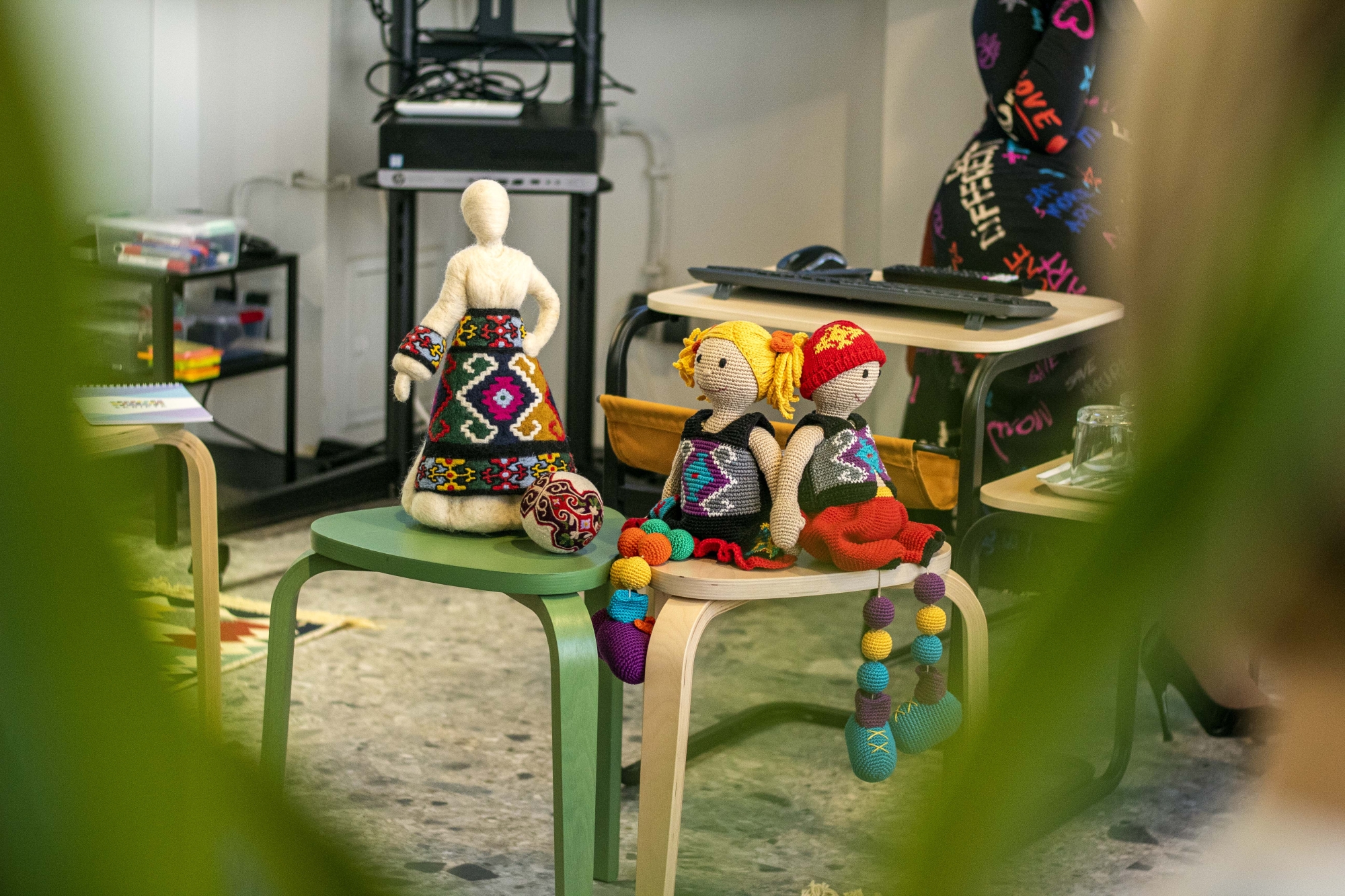Women from Loznica, Sremska Mitrovica, Inđija, Ruma, and Šid, organized by NALED and the Ethno Network, have visited Tuzla and Sarajevo to get acquainted with the local craftsmanship characteristic of this region. The two-day study visit was organized within the framework of the cross-border cooperation project “Together for Cultural Tourism,” supported by the European Union.
The participants had the opportunity to learn more about the partner association Bosanske Rukotvorine – BH Crafts and their way of working, but also to discuss further activities and the organization of colonies in Tuzla and Loznica. Colonies represent multi-day events where participating women have the opportunity to improve their knowledge and skills, connect with associations from the other side of the border, and showcase their works to all interested parties, including representatives of local governments, tourist agencies, diplomatic representatives, as well as various potential donors for such activities.
During the visit, it was announced that joint tourist products from Serbia and Bosnia and Herzegovina will be developed by the end of the year, to be presented at a joint exhibition by March of the following year. The joint product will feature cross-border motifs and will best reflect both the results of the cooperation achieved through this project and encouragement for further development of the joint tourism potential of Serbia and BiH.
In the first year since the project’s launch, more than 200 women have participated in its educational programs, workshops, and info sessions. They have thus had the opportunity, with the support of expert collaborators, to devise new products, present and promote them in local tourist organizations and artistic studios, and showcase them at regional craft colonies and cross-border exhibitions, which are part of the project.
“Together for Cultural Tourism – Cross-border Cooperation for Improved Socio-Economic Development and Preservation of Traditional Craftsmanship” aims to rescue old crafts and techniques of domestic craftsmanship from oblivion, restore their economic and cultural value, and interest younger generations in contributing to the preservation of cultural heritage by participating in creative workshops.


